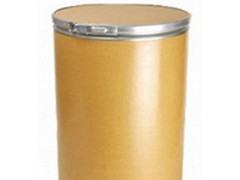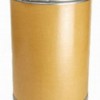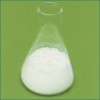CAS: 434-07-1
MF: C21H32O3
MW: 332.48
EINECS: 07-098-6
Product Categories: Pharmaceutical;Biochemistry;Hydroxyketosteroids;Steroids;Steroid and Hormone;Finished Steroid and Hormone
Mol File:434-07-1.mol
mp 172-180°Calpha 34 ºrefractive index 38 ° (C=1, CHCl3)storage temp. 2-8°C
solubility H2O: ≤0.5 mg/mL
form solid
color white to light yellow
Water Solubility <0.1 g/100 mL at 23 ºCMerck 6967
solubility H2O: ≤0.5 mg/mL
form solid
color white to light yellow
Water Solubility <0.1 g/100 mL at 23 ºCMerck 6967
Stability:Stability May be light sensitive. Combustible. Incompatible with strong oxidizing agents.CAS DataBase Reference434-07-1(CAS DataBase Reference)NIST Chemistry ReferenceOxymetholone(434-07-1)EPA Substance Registry SystemAndrostan-3-one, 17-hydroxy-2-(hydroxymethylene)- 17-methyl-, (5.alpha.,17.beta.)-(434-07-1)
Chemical
Properties:Off-White to Pale Yellow Solid
Usage: Anabolic steroid. Controlled substance
Description Odorless white to creamy white crystalline powder.
HazardSYMPTOMS: Symptoms of exposure to Oxymetholone may include cholestatic jaundice, hepatocellular neoplasms and peliosis hepatitis. Prepubertal exposure may cause phallic enlargement and increased frequency of erection. Postpubertal exposure may cause inhibition of testicular function, testicular atrophy, oligospermia, impotence, chronic priapism, epididymitis, bladder irritability, clitoral enlargement, menstrual irregularities, increased or decreased libido, excitation, insomnia, nausea, vomiting, diarrhea, leukemia, gynecomastia, deepening of the voice in women, hirsutism and male-pattern baldness in women, acne, edema, retention of serum electrolytes and decreased glucose tolerance. It may also cause higher risk of developing liver cell tumors. Other symptoms include abnormal liver function tests, salt and water retention and masculinization, particularly of the female fetus.














